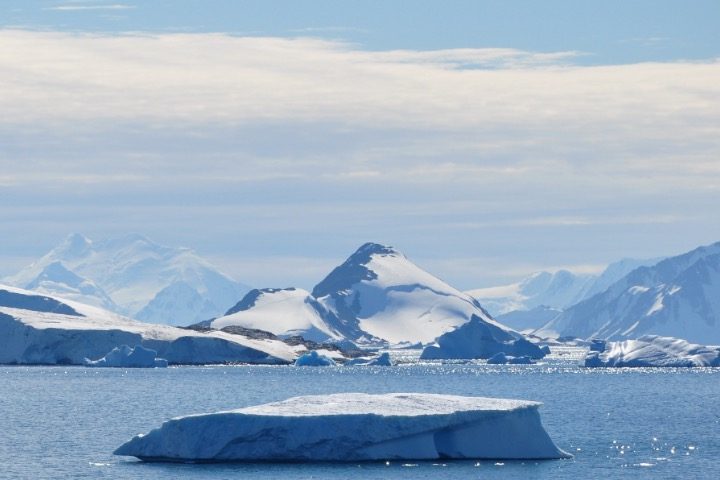
The headline in Sunday’s Washington Post was frightening — especially for those who believe the carefully nurtured media narrative that climate change (which used to be called global warming) is out of control and that mankind’s emissions of greenhouse gases are slowly making the planet uninhabitable.
The headline read: “Scientists found the most intense heat wave ever recorded — in Antarctica.” Needless to say, climate alarmists quickly jumped on the story to gloat their “I told you so’s” to the world. WaPo can be forgiven for referring to the anomalous weather on the ice continent as a “heat wave,” since the story came from a University of Washington study that referred to the unusually warm weather as a “heatwave.”
According to the study: “An unprecedented heatwave impacted East Antarctica in March 2022, peaking at 39°C above climatology, the largest temperature anomaly ever recorded globally. We investigate the causes of the heatwave, the impact of climate change, and a climate model’s ability in simulating such an event.”
First of all, what does the phrase “above climatology” even mean? The climatological average temperature?
The Washington Post chose to further muddy the waters with their story written by Kasha Patel, the deputy weather editor for the Capital Weather Gang at the Post.
“In March 2022, temperatures near the eastern coast of Antarctica spiked 70 degrees Fahrenheit (39 degrees Celsius) above normal — making it the most intense recorded heat wave to occur anywhere on Earth, according to a recent study,” Patel wrote. “At the time, researchers on-site were wearing shorts and some even removed their shirts to bask in the (relative) warmth. Scientists elsewhere said such a high in that region of the world was unthinkable.”
To say that the brief surge in temperature was warm (even relatively) is a stretch. The reading, taken at the end of the Antarctic summer, peaked at minus 10 degrees Celsius (14 degrees Fahrenheit). Beyond that, in her story, Patel switches to the Fahrenheit scale to proclaim that the anomalous temperature was “70 degrees Fahrenheit (39 degrees Celsius) above normal.”
In a refutation of the story, Anthony Watts points out that Patel “neglects to offer the same reference when it comes to the actual temperature ‘minus-10 degrees Celsius,’ clearly to hide the fact that at 14°F, it is still well below freezing (32°F) and not warm at all.”
Watts points out that the “heatwave” moniker given to the anomalous weather by the study’s authors and The Washington Post is also not accurate.
“By several meteorological definitions, the Antarctic temperature event doesn’t qualify as a heat wave at all,” Watts writes. “For example, the National Oceanic and Atmospheric Administration in their website ‘SciJinks’ for kids defines it as: A heat wave is a period of unusually hot weather that typically lasts two or more days. To be considered a heat wave, the temperatures have to be outside the historical averages for a given area.”
“At -10 Celsius/14 degrees Fahrenheit in Antarctica, ‘hot’ is not even close. Even kids will understand this,” Watts concluded.
A Bulletin of the American Meteorological Society defines “heat wave” even more precisely, as “a period of at least 48 h during which neither the overnight low nor the daytime heat index … falls below the NWS [National Weather Service] heat stress thresholds (80°F and 105°F).”
So, both the study and the Washington Post’s descriptions of the brief temperature event were dishonest and misleading.
Dr. H. Sterling Burnett, a climate scientist with the Heartland Institute, told The New American: “The so-called heat wave, was not that hot after all measured temperatures remained well below freezing, nor was it a ‘heat wave,’ as defined by scientific societies.”
The so-called heat wave didn’t last very long, certainly not 48 hours.
“The anomalous increase in temperature lasted mere moments, during which, as a PR stunt, some Antarctic researcher took the opportunity to put on shorts for a photo op, not the three to five days of well above average temperatures that define a heat wave,” Burnett said.
“Transient weather patterns caused a spike in temperature that dissipated even before the weather pattern had passed,” Burnett noted. “This is one more climate change mountain, generated from a data molehill by the mainstream media.”
But why be factual about such things when you’ve got a globalist climate-change agenda to push?




